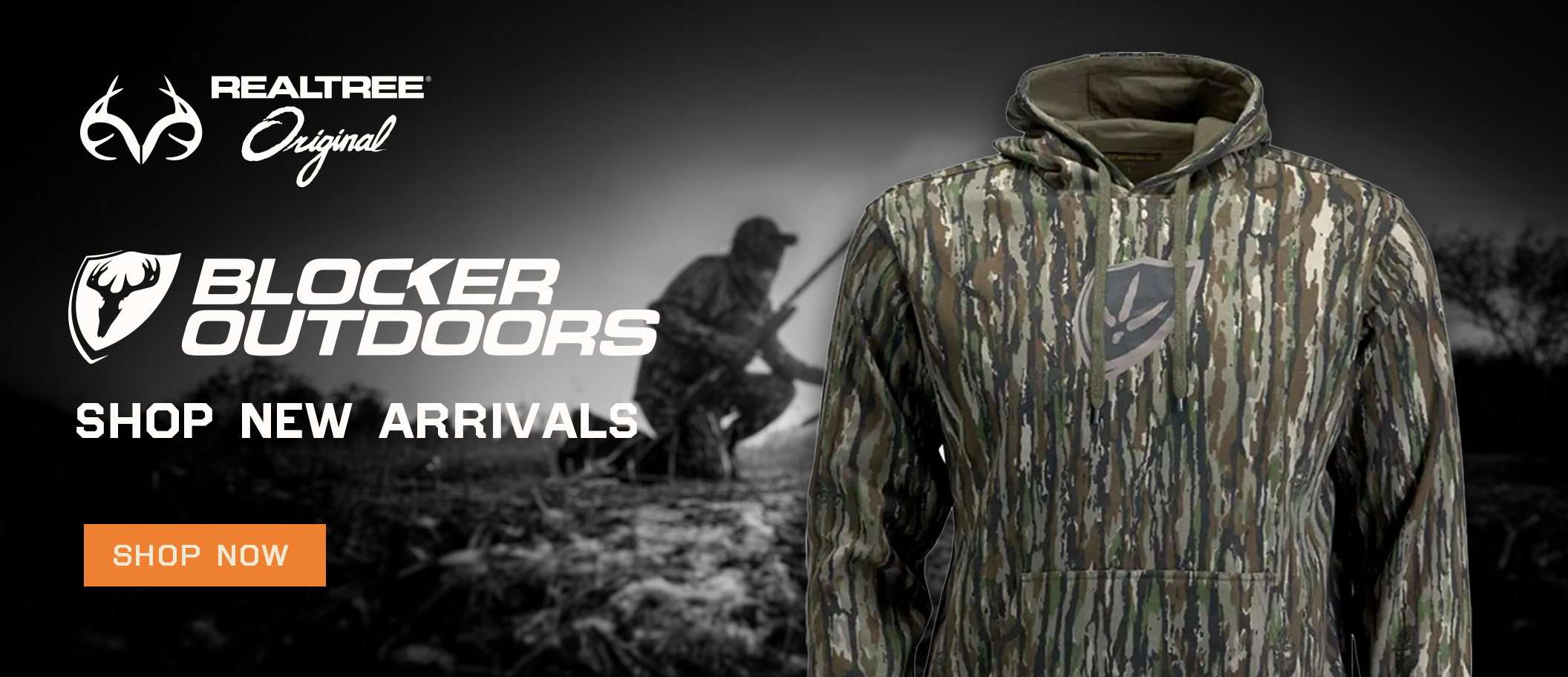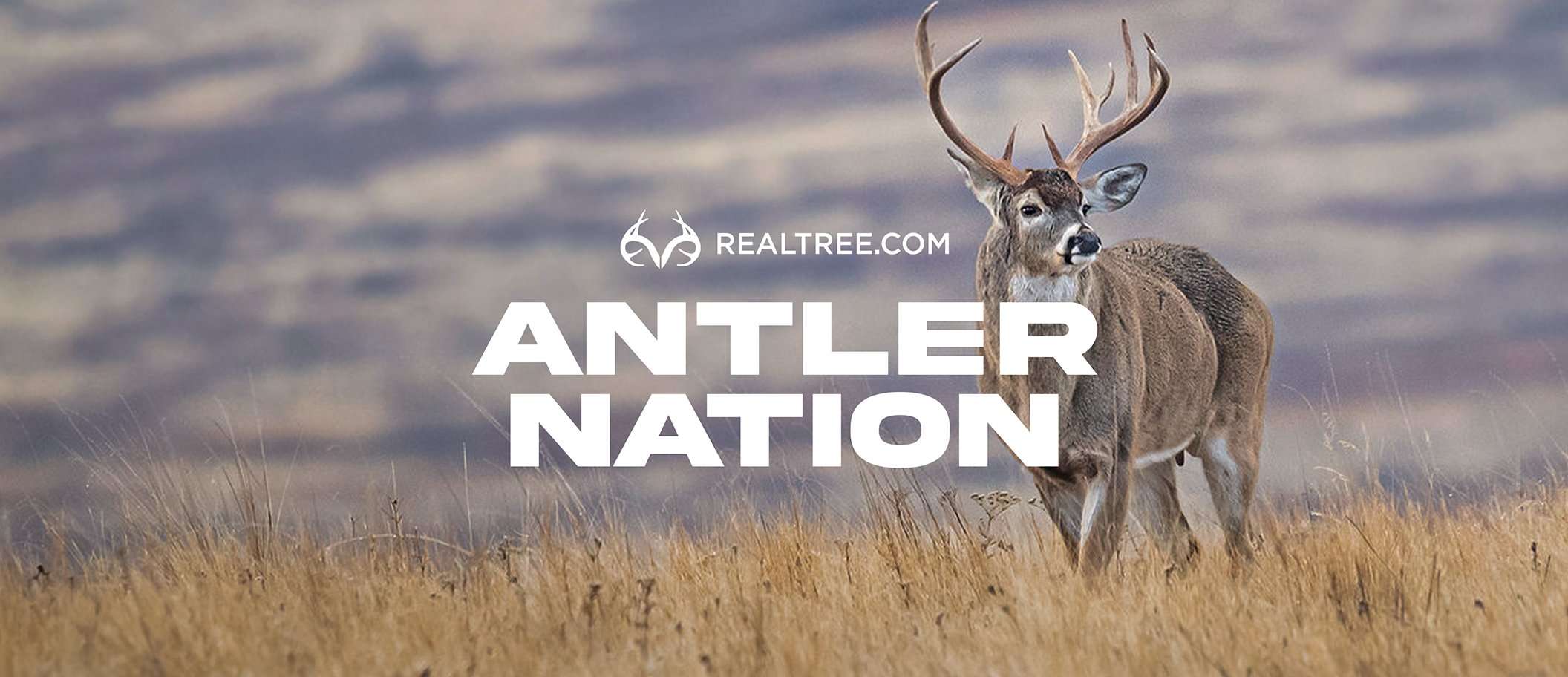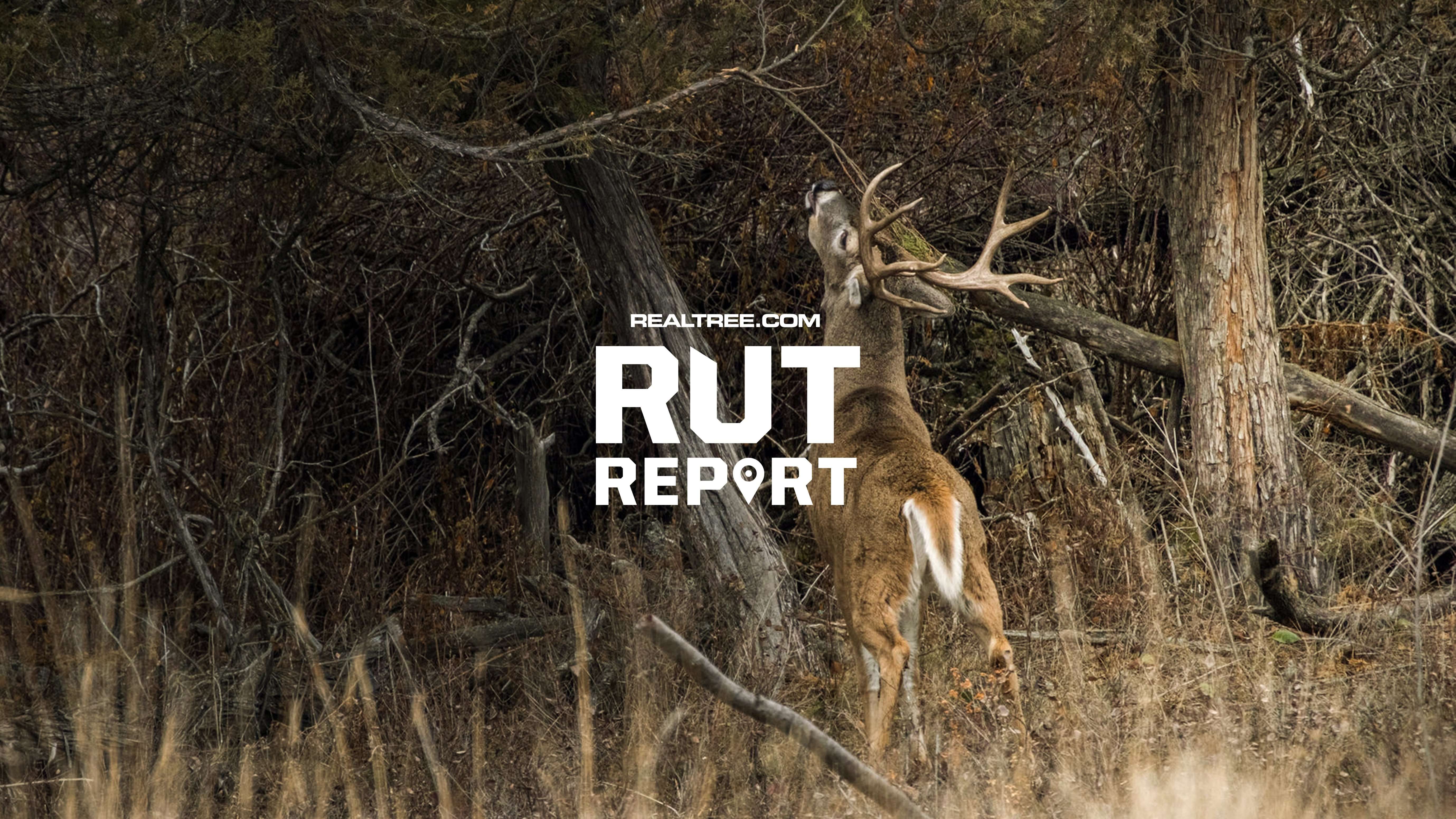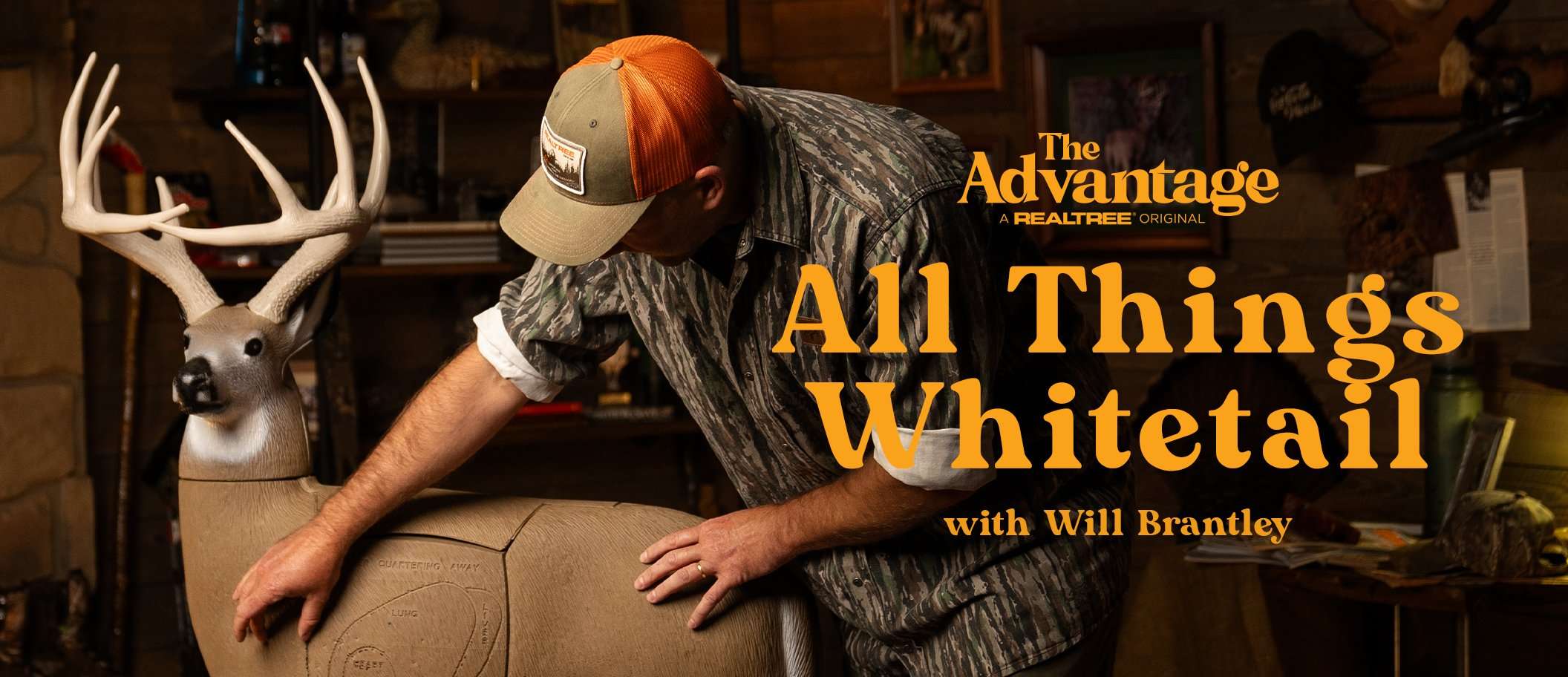With turkey season on the horizon, we returned to the patterning board to find the hottest new gobbler loads for spring and revisit some high-energy favorites from the past

If you’re seeking mind-blowing patterns and don’t mind the recoil of a 12-gauge, manufacturers offer an array of deadly big-bore shotshell options. Photo by Godwin Photography.
The sub-gauge turkey ammo revolution has brought a wave of 20- and 28-gauge guns — and .410s — into the woods. But that doesn’t mean the trusty 12-gauges have been left in the safe, collecting dust.
Without question, 12s have made more turkeys flop than the other gauges combined. And even today, many hunters still tote the reliable buffalo gun during spring. Why not? If you don’t mind a bit of heft and recoil (and who really feels a gun kick when hunting?), today’s 12-gauge turkey loads produce stunning patterns with a lethality we could only dream about 20 years ago.
As we did in 2024, we took some of this spring’s best 12-gauge turkey loads to the range to see how they performed. First, an explanation and two disclaimers: The 14 shells tested — eight in 2024 and six in 2025 — were fired several times apiece through a factory Remington 870, circa 1999, with a 24-inch barrel and a Jebs Headhunter choke tube with a .665 constriction. The patterns listed represent the average number of pellets within a 10-inch circle at 30 yards. The point of impact for all shells remained reasonably consistent.
This test doesn’t name winners and losers. It simply posts results from several extended shooting sessions and hopefully adds some context about each load. Read the results, and form your own conclusions. Further, remember that the idea of the “best” shell is subjective. A load that performs well in one gun with a specific choke might look much different when fired through another choke-and-gun combo. Every hunter should experiment to find the shell that performs best with their gun and choke, or find a gun and choke that provide superior results with a specific load. Simply buying a “turkey choke” and a box of the latest 3-inch TSS loads does not guarantee peak performance.
Don’t Miss: The Best 20-Gauge Turkey Loads of 2025
2025 RESULTS
No. 1: Federal 3-inch, 1-3/4-ounce load of No. 7 TSS:
I patterned Federal’s No. 9 load in 2024, along with the stacked load of Nos. 9 and 7 shot (results below). But I thought it would be good to see how the heavier 7s performed. (Spoiler: pretty well.) Remember, these are No. 7 pellets, so you’re trading increased downrange energy for fewer pellets per ounce than with No. 9 loads. Still, the number of hits is impressive.
Average number of hits: 226
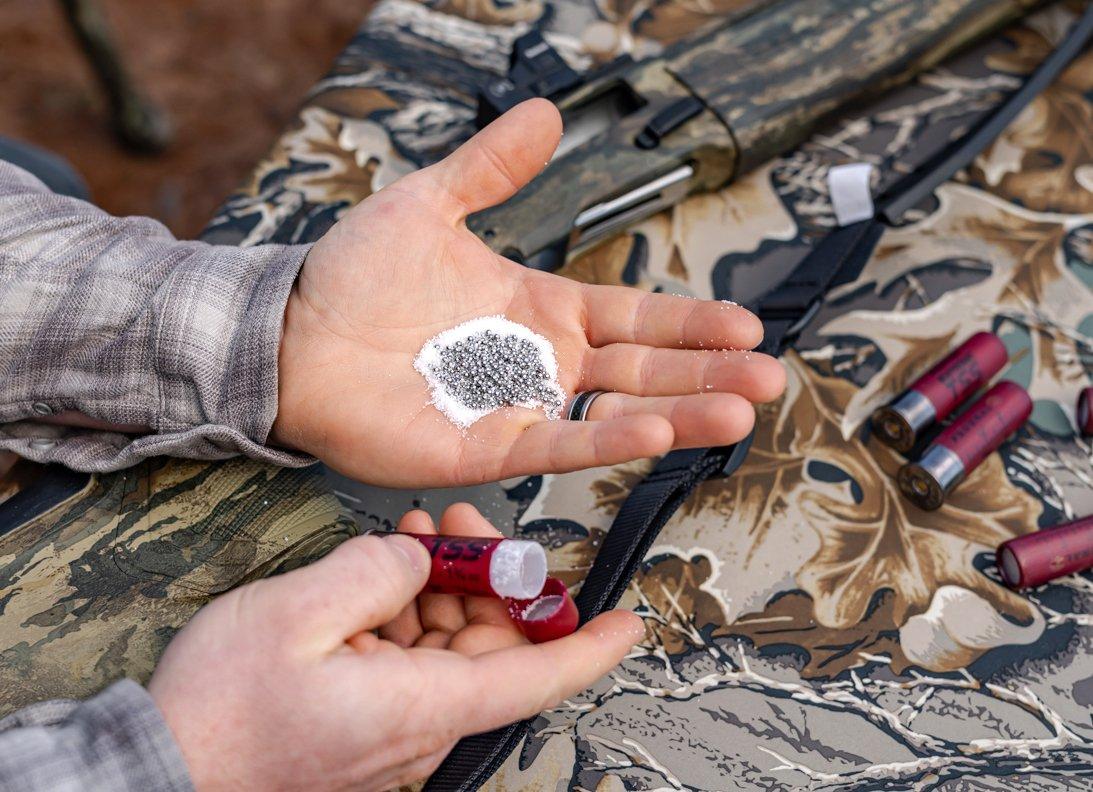
Tungsten super shot allows the use of smaller pellets, producing thick, consistent patterns shooters couldn’t have fathomed 20 years ago. Photo by Godwin Photography.
No. 2: Fiocchi Golden TSS Turkey, 3-inch,1-5/8-ounce load of No. 9 TSS:
Founded in 1876 in Italy, Fiocchi now has facilities in Missouri and Arkansas, producing a wide variety of ammunition. Keep in mind that this 1-5/8-ounce load carries fewer pellets than the heavier payloads.
Average number of hits: 358
Nos. 3 and 4: Winchester Long Beard TSS, 3-inch 2-3/8-ounce loads of Nos. 8 and 9 shot:
Winchester jumped into the TSS game in 2025 with turkey loads in 12-, 20- and 28-gauge, plus .410. The 12-gauge options are 3-inch loads with a hefty 2-3/8 ounces of No. 8 or 9 shot and a muzzle velocity of 1,100 fps. The shells feature buffered payloads, designed to let shot flow seamlessly through any choke and eliminating flyer pellets.
A bit of context: You can pack about 362 No. 9 TSS pellets in an ounce compared to about 254 No. 8 pellets, so you’d expect the No. 9 shotshell to produce more hits on target. The No. 8 shot provides a bit more downrange energy while still producing a swarm-like pattern.
Average number of hits, No. 8 shot: 362
Average number of hits, No. 9 shot: 480
Check Out Our Latest Camo Pattern: Realtree APX
No. 5: Hevi-Shot Hevi-Bismuth, 3-inch, 1-3/4-ounce load of Nos. 4 and 5 shot:
Again, some context is required. This load cannot yield the mind-boggling patterns produced by TSS shot, simply because it doesn’t contain as many pellets as the mighty mite loads. Bismuth shot has a density of about 9.6 grams per cubic centimeter (compared to 11.3 for lead and 18 for TSS), so larger pellets are a must to retain lethal downrange energy. Assuming this stacked load contains about equal numbers of Nos. 4 and 5 shot, it likely holds about 327 pellets, so it cannot go pattern for pattern against TSS shotshells. However, it’s much cheaper to shoot than TSS, and it offers a safe, non-toxic option for someone wanting to shoot an older shotgun with a barrel that was designed for lead shot. And just like the old-time turkey hunters who used those guns, you’ll want to yelp that bird to within 40 yards before pulling the trigger.
Average number of hits: 144
No. 6: Apex 3-inch, 2-1/4-ounce stacked load of Nos. 9 and 7-1/2 shot:
This veteran-owned Mississippi company has forged an excellent reputation among turkey ammo geeks, and it’s easy to see why. This stacked load offers the pattern density of No. 9 shot with the increased knockdown energy of No. 7-1/2s.
Average number of hits: 508
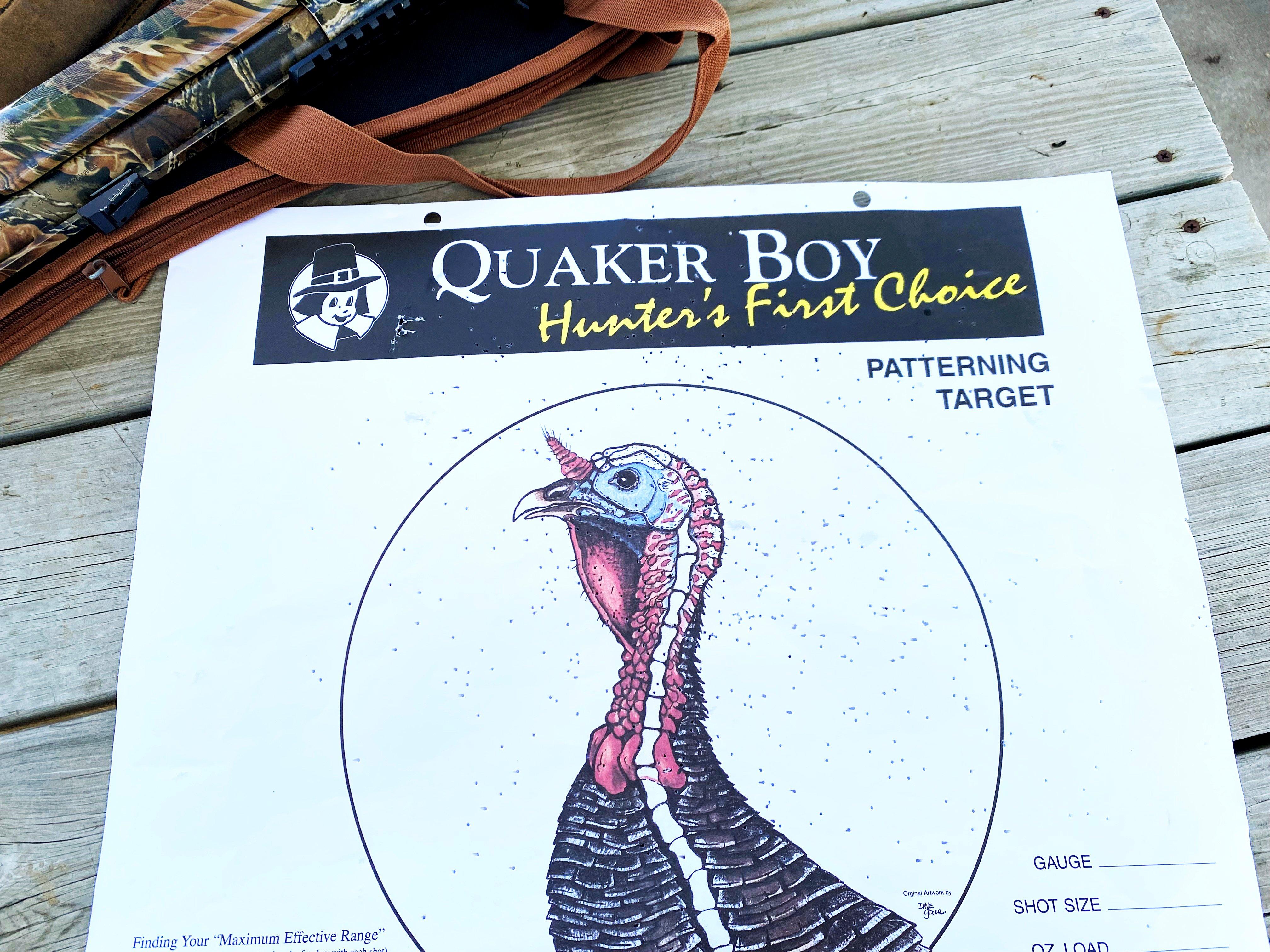
Counting the number of hits within a 10-inch circle is still a good way to determine the strength of a pattern. And with No. 9 or 7 TSS shot, you’ll count a lot of hits. Photo by Brian Lovett.
2024 RESULTS
No. 1: Hevi-Shot Hevi-18 2-ounce, 3-inch load of No. 9 TSS:
Note: Before the advent of tungsten super shot — a tungsten alloy that’s about 22% denser than standard tungsten and 56% denser than lead — Hevi-Shot was a go-to choice for turkey hunters seeking better patterning performance.
Average number of hits: 400
No. 2: Federal 1-3/4-ounce, 3-inch load of No. 9 TSS:
Obviously, this load is slightly lighter than the Hevi-18 shotshell. For context, there are about 362 No. 9 TSS pellets in an ounce of shot, so the Federal 1-3/4 shell probably contained about 633 pellets compared to about 720-some in the Hevi-18 2-ounce load.
Average number of hits: 370
No. 3: Browning 1-3/4-ounce, 3-inch load of Nos. 7 and 9 TSS:
Again, some context. Duplex-type loads are great for folks seeking a mix of pattern density (provided by the No. 9 shot) with a little extra oomph, added by the No. 7 shot. Because No. 7 shot is larger and therefore has fewer pellets per ounce — it’s listed at 185 per ounce — patterns usually won’t be quite as dense as those produced by pure loads of No. 9.
Average number of hits: 278
No. 4: Apex Ammunition 2-1/4-ounce, 3-inch load of No. 9 TSS:
As you’ll note, at 2-1/4 ounces, this was a stouter load.
Average number of hits: 515
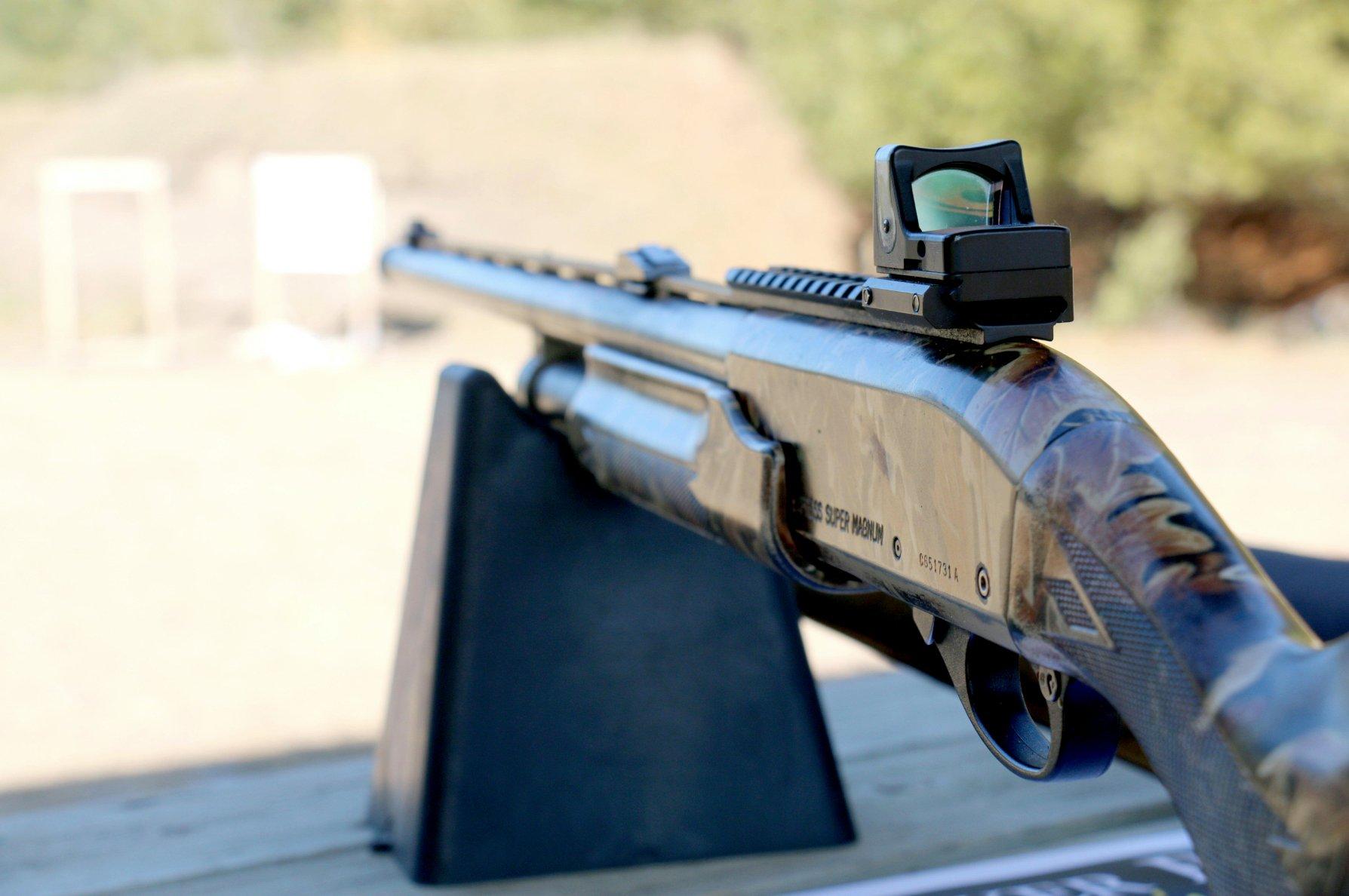
The venerable 12-gauge has accounted for more flopping turkeys than all other gauges combined. Photo by Brian Lovett.
No. 5: Remington 1-3/4-ounce, 3-inch load of No. 9 TSS:
Average number of hits: 214
No. 6: Federal 2-ounce, 3-inch load of Nos. 7 and 9 TSS:
Average number of hits: 383
No. 7: Hevi-Shot Hevi-18 1-1/4-ounce, 2-3/4-inch load of No. 9 TSS:
This is listed as a reduced-recoil load, as you’d expect from the relatively light payload. The pattern was less dense than those from heavier loads, but this shell contained a half-ounce to ¾-ounce less of shot. Further, not too many years ago, 100 pellets in a 10-inch circle at 30 yards was considered the litmus test of a good turkey gun-and-choke combo. And for the record, recoil from this load was noticeably lighter.
Average number of hits: 169
Don’t Miss: How to Fool an Early Season Gobbler
No. 8: Winchester Long Beard XR, 2-ounce, 3-1/2-inch load of No. 6 lead:
What? People still shoot lead at turkeys? You bet. The Shot-Lok technology in this shell is designed to produce better longer-range patterns.
Average number of hits: 327
BEHIND THE NUMBERS
You could extrapolate this test in many ways. For one, you might see how these and other turkey loads performed at 40 yards. I simply used 30 because it’s a standard base measurement. (And ask yourself, do you shoot more turkeys at 30 steps and closer or 40-plus?)
Also, as mentioned, you might run these and other loads through several choke models and constrictions. Each might provide different results (and impact points, incidentally). Remember, you can typically choke down smaller shot much more effectively than larger pellets. Therefore, you can go pretty tight with No. 9 TSS or No. 6 lead, but you might want to loosen up a bit for larger stuff. Experiment to see how these and other loads print out of your gun and a few chokes.
In addition, don’t judge pattern performance solely on the number of hits in an arbitrary circle or the theoretical brain and spine of an imaginary turkey. Also look at a pattern’s density and consistency. Some patterns with good pellet counts might have clumps of shot and large empty spaces. Likewise, some otherwise solid patterns might show a lot of fliers around the edges. Try to avoid those. You don’t want lots of deadly flier pellets when shooting at a gobbler that’s standing relatively close to other turkeys, as that might get you in substantial trouble with the local warden.
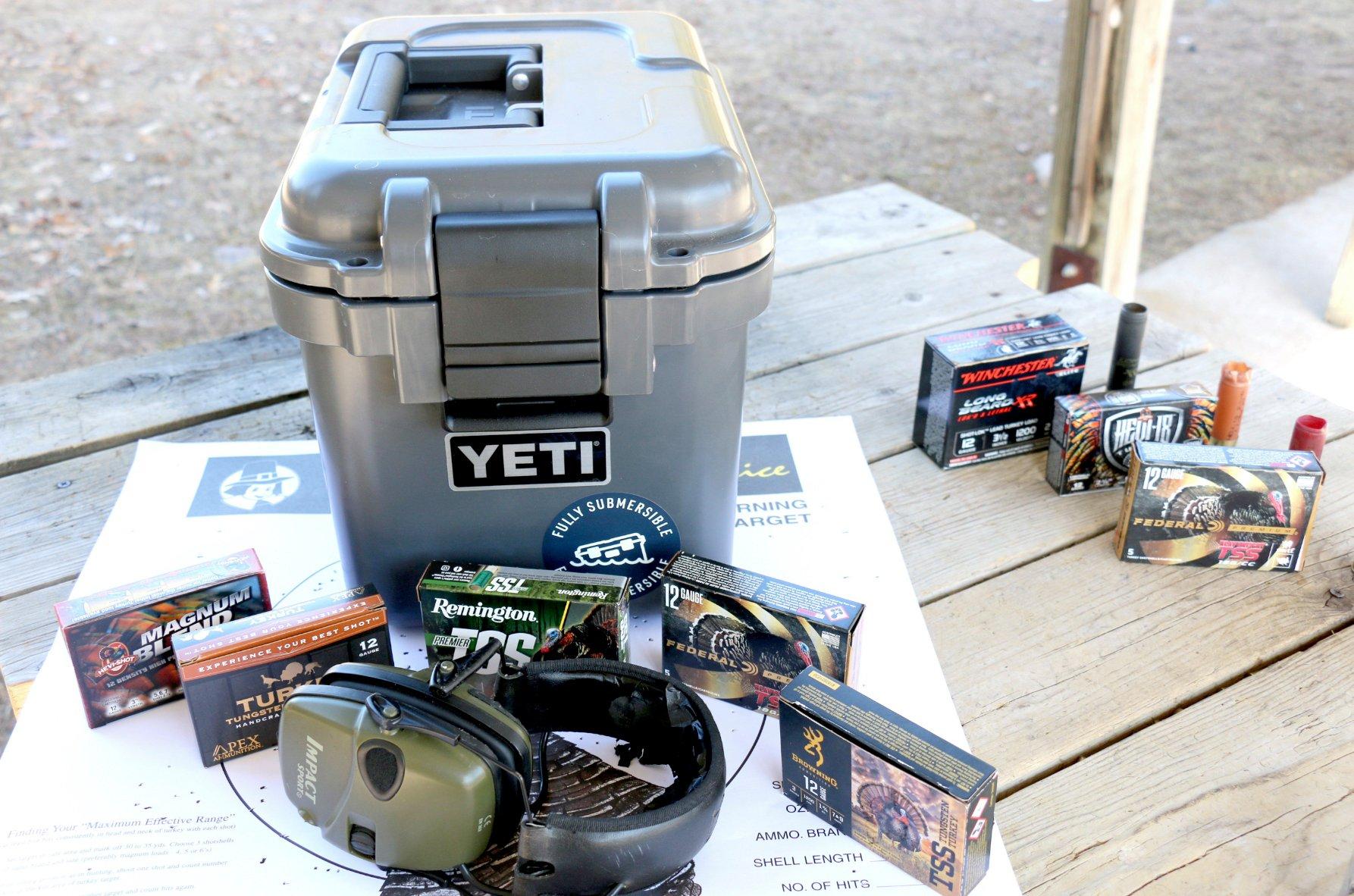
Great 12-gauge turkey shotshell options abound. Try several at the range through various choke tubes to see which shells perform best with your gun. Photo by Brian Lovett.
And finally, a word on range: Obviously, a turkey standing at 30 steps in front of any of the shells tested here would be graveyard dead (assuming I didn’t mess up). In fact, those imaginary turkeys would be dead at much longer ranges. But how far is too far?
Use a time-tested method to find your effective range. When you identify a good shell/gun/choke combo, fire it at a 10-inch circle at progressively longer distances — say 5- to 10-yard increments. The farthest distance at which the combo maintains at least 100 hits in a 10-inch circle is your maximum effective range. For example, if a shell puts 115 pellets in the kill zone at 45 steps, you’re good to go. But if that count drops to 90 at 55, you want to avoid shooting at that distance and farther. On a personal note, I’m not interested in a shell and choke that might let me kill a gobbler at 60-plus yards. I want one that will absolutely smoke one at 20 to 50 steps and provide some margin for error if I underestimate range and inadvertently take a longer shot than I’d prefer. That extra killing power is simply a bit of insurance.
And on that topic … . Avoid falling into the hype that says a 12-gauge shooting a heavy load of No. 9 TSS is “an 80-yard gun all day.” A No. 9 TSS pellet and a No. 5 lead pellet fired at the same muzzle velocity will have about the same downrange energy. Sure, the smaller TSS pellet will penetrate better than its larger lead cousin with the same downrange energy. But that still doesn’t mean that load will be consistently deadly on turkeys at 70 paces, even if the shot pattern holds up at that distance. Nos. 8 or 7 TSS will have a longer effective killing range, but the basic principle still holds true: Use common sense, even when shooting these long-range killers. If a turkey is too far — and your range sessions should determine that distance — let it walk away. You absolutely do not want to fire an iffy shot that wounds a bird but doesn’t kill it. Some might survive. Others will be wounded to the point that they cannot fly up to roost at night, which dooms them to a death via coyotes or other predators. America’s No. 1 game bird deserves better.
Remember, the shells listed here and other modern 12-gauge loads are turkey killing machines, but they are not kryptonite. Used properly, they allow performance we couldn’t have imagined when I started turkey hunting in 1990. And when you consider all the things that can go wrong during a turkey hunt, surety about your shotshell brings serious peace of mind.

